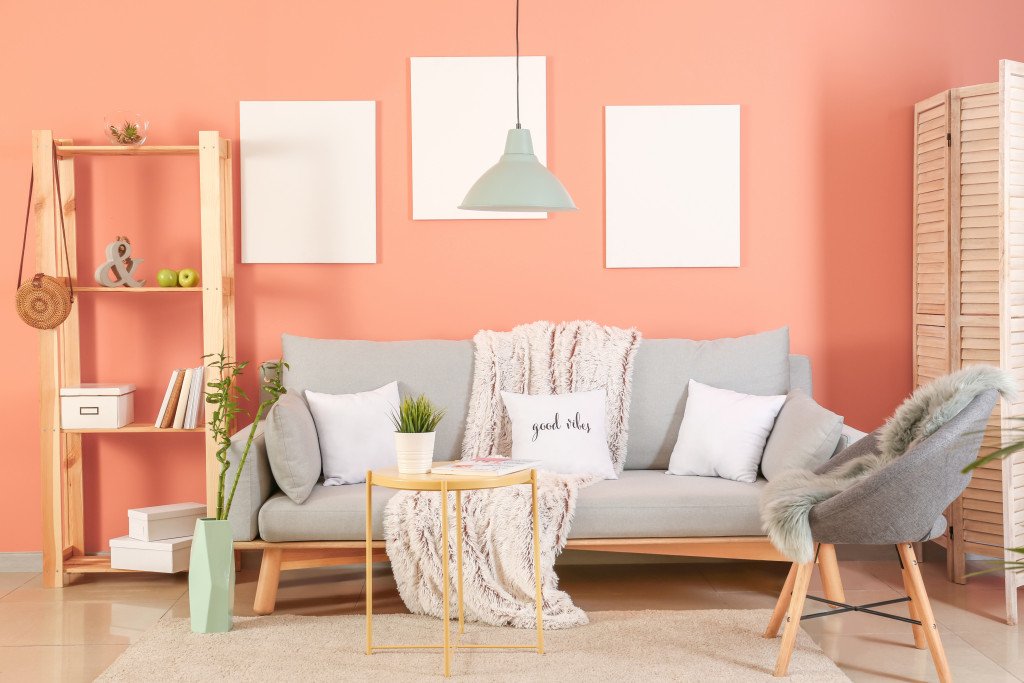How to Choose the Right Colours for Your Home In 2023

How to Choose the Right Colours for Your Home
Introduction
Choosing the correct colors for your home is a crucial decision that goes beyond personal preferences. The colors you surround yourself with are capable of influencing your mood, Right Colours for Your home productivity, and overall well-being. In this guide, we’ll explore the intricacies of selecting the perfect palette for every room in your home, ensuring a harmonious and visually appealing living space.
Understanding Color Psychology
Impact on Mood and Behavior
Colors have a profound impact on our emotions and behaviors. Warm tones like red and yellow can evoke energy and excitement, while cool tones like blue and green promote calmness. Understanding these psychological effects is key to crafting a space that aligns with your desired atmosphere.
Factors to Consider
Natural Lighting
The amount of natural light in a room can significantly affect how colors appear. Consider the direction and intensity of sunlight to evade surprises when the paint dries.
Room Size and Layout
The size and layout of a room play a crucial role in color selection. Lighter shades can make diminutive rooms feel more spacious, while darker colors can add warmth and intimacy to larger spaces.

Personal Preferences
Your style and preferences should guide your color choices. Whether you lean towards elderly and vibrant or subtle and neutral, the goal is to create a space that reflects your unique taste.
Popular Interior Color Schemes
Monochromatic Colors
Choosing varying shades of a single color creates a cohesive and calming aesthetic, perfect for bedrooms and bathrooms.
Complementary Colors
Pairing colors from opposite sides of the color wheel, like blue and orange, can create a dynamic and visually striking look.
Analogous Colors
Selecting colors that are subsequently to each other on the color wheel, such as green and yellow, provides a harmonious and pleasing palette.
Choosing Colors for Different Rooms
Living Room
Consider warm and inviting tones for the social hub of your home. Earthy tones or calming blues can create a cozy atmosphere.
Bedroom
Opt for calming and soothing colors like soft blues or muted greens to promote relaxation and improved sleep.
Kitchen
Bcorrect and energetic colors, such as yellows and greens, can invigorate the kitchen space and stimulate appetite.
Home Office
Choose colors that enhance focus and productivity. Shades of green or blue are excellent choices for a home office environment.
Accent Colors and Statement Pieces
Using Color Pops
Incorporate vibrant accent colors through accessories and decor to add personality without overwhelming the space.
Artwork and Furniture
Make a statement with colorful artwork or furniture pieces to create focal points within a room.
Color Trends and Timelessness
Balancing Trends and Classics
While it’s tempting to follow current trends, incorporating timeless colors ensures your home remains stylish for years to come.
Seasonal Considerations
Consider the changing seasons and how natural light differs throughout the year when choosing your color palette.
DIY Color Testing
Sample Paint Swatches
Test paint swatches in different areas of a room to observe how colors interact with the space and lighting.
Virtual Room Apps
Explore virtual room applications to visualize different color schemes before making a final decision.
Testing in Different Lighting
View color samples at different times of the day to ensure the selected colors maintain their desired effect under various lighting conditions.
Practical Tips for Beginners
Start Small
If you’re unsure, commence with smaller spaces like bathrooms or accent walls before committing to an entire room.
Seek Professional Advice
Consulting with a professional color expert can provide valuable insights tailored to your specific space and preferences.
Test Before Committing
Always experiment with a diminutive section of your chosen color on the wall before committing to a full-paint occupation.

FAQs
How do colors affect mood?
Colors can evoke specific emotions; for example, warm colors like red and yellow can create an energetic atmosphere, while cooler tones like blue and green induce a sense of calmness.
What are timeless color choices?
Neutral tones like beige, gray, and white are timeless choices that can adapt to various design trends.
Can I mix different color schemes?
Yes, mixing color schemes, such as combining analogous and complementary colors, can add depth and visual interest to a space.
Should I follow trends or stick to the classics?
A balance of both is with management. Incorporate timeless colors as a base and add trendy accents through decor and accessories.
How to select colors for a small room?
Opt for light and neutral colors to create a sense of openness and brightness in smaller spaces.
Is it necessary to hire a professional for color selection?
While not mandatory, a color expert can provide valuable guidance, ensuring your choices align with your vision and the unique characteristics of your home.
Conclusion
Choosing the right colors for your home is a rewarding journey that transforms living spaces into personalized havens. By considering factors like color psychology, room size, and personal preferences, you can confidently embark on this creative venture. Remember, it’s not just about following trends however creating a home that resonates with your individuality.



